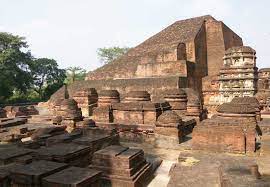
#OurTrueHistory @ShefVaidya Unsung Heroes of Indian freedom - 2
Remember them now and forever!
1)Bakshi Jagabandhu - Paika rebellion in 1817
Remember them now and forever!
1)Bakshi Jagabandhu - Paika rebellion in 1817

3)Kuyili -1795 - army commander of queen Velu Nachiyar, first suicide bomber and "first women martyr" 

• • •
Missing some Tweet in this thread? You can try to
force a refresh


































